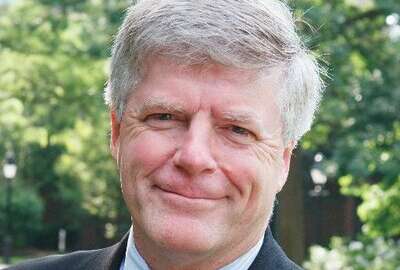
Two data analysis roles, one ultimate goal
In their quest to better infuse operations with data analytics, two agencies are at adjacent stages of this new discipline.
In their quest to better infuse operations with data analytics, two agencies are at adjacent stages of this new discipline.
The State Department is enhancing its use of data analytics to deal with ever-changing diplomatic issues more efficiently. Last month it established an enterprise-level data and analytics hub, and it now has its first chief data officer.
Janice Degarmo, the acting CDO, said that at its core, the Center for Analytics (CFA) works to solve the department’s most pressing business and foreign policy challenges through data analytics. It’s meant to be complimentary to the complex expertise of Foreign Service and civil service staff, who Degarmo said bring a “qualitative” knowledge while CFA can add hard-to-attain data to that understanding.
“We are working with offices to create data-forward strategies for addressing issues in China, or Iran or around topical issues such as 5G,” Degarmo said on Federal Monthly Insights — Data Analytics Month. “So for the China issue, we have provided a China activities platform, really a data analytics dashboard that actually now is available to the entire department but it allows users to evaluate Chinese activities across geographies and topic areas using a wide array of different data sources.”
She said it’s now become one of the most powerful tools in federal government, being used by the intelligence community and other agencies, to “provide a common baseline” about which Chinese activities are of actual concern to the Foreign Service. Degarmo said State’s expertise is essentially overlaid with open source and other data to help policymakers prioritize resources around China.
“We’re pulling in everything from economic, political and security data indices that we can draw from, from some open source data,” she said on Federal Drive with Tom Temin. “We’re pulling in internal State Department data that can only be attained on the ground. And we are pulling in intelligence data. So the power of data analytics is putting this all together in a comprehensive and digestible manner that makes it usable.”
Read more: Data Analytics Month
At the other end of the spectrum is an agency long-concerned with data analytics.
The National Geospatial-Intelligence Agency has people gathering or examining data around the clock, and its Chief Data Scientist Andrew Brooks said he is responsible for creating strategies to extract value from the data at scale, characterizing data science as “the art and craft of people leveraging technology to create value out of data.”
“Really, our roles and my role, particularly as the chief data scientist is full encompassing. It’s not just data. It’s not just technology. It’s really looking at how people do their everyday work, the types of decisions that they need to make and what is the role of data, and particularly technology in helping them make more informed decisions,” he said.
Unlike a chief data officer, Brooks said he looks to the former for guidance on the types of efforts he hopes to do as chief data scientist. Policies and regulations about data collection and how staff do their jobs are things about which Brooks would seek guidance.
Copyright © 2024 Federal News Network. All rights reserved. This website is not intended for users located within the European Economic Area.
Amelia Brust is a digital editor at Federal News Network.
Follow @abrustWFED





